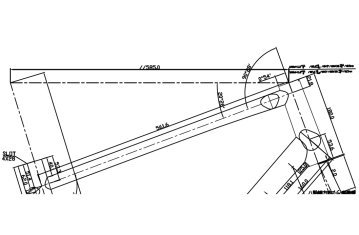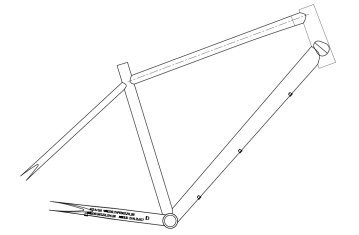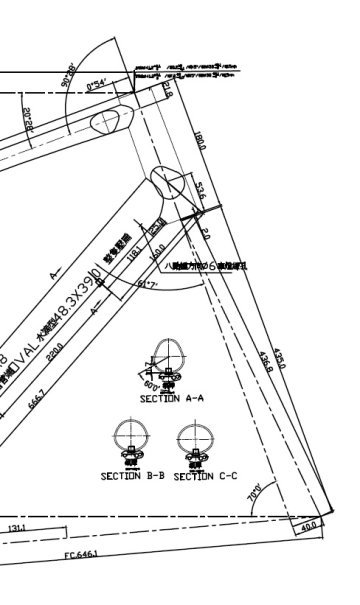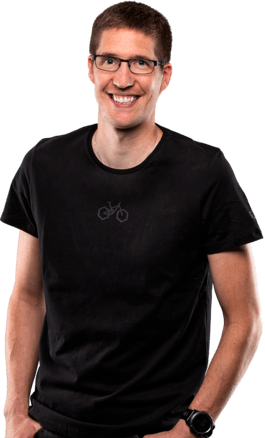FRAME AND CONSTRUCTION OF THE VORTRIEB MODELL 1.2
Freedom of movement due to steeply sloping top tube
Compared to the designs of classic diamond frames, the Modell 1.2 has a steeply sloping top tube. This guarantees maximum freedom of movement. It also makes getting on and off the bike (especially with panniers) much easier.


Stiff and propulsive due to a compact frame triangle
The shorter tubes reduce the leverage and thus the torsion in the main frame. The result is greater stiffness and better propulsion.
More stability through flat steering angle
The indication of the steering angle shows you how slanted the fork sits in the frame. The smaller the steering angle, the flatter the fork sits in the steerer tube. But what does that mean for riding? If the steering angle is flatter, the wheelbase increases and the bike rides straighter and with more line stability. With a 70° steering angle, the Vortrieb Modell 1.2 has a flatter steering angle than most everyday bikes.
Quality craftsmanship: The “Smooth welded” pipe connections
The “Smooth welded” seams fit perfectly into the elegant and simple design of the Vortrieb Modell 1.2. In the Smooth Welded process, two weld seams are first placed on top of each other, which are then smoothed in a long process. The result is a very stable and also shapely weld seam that gives the bike the finishing touch.
High-quality cable guide fixed externally by aluminium clamps
There is nothing more annoying than a rattling bicycle. To ensure that nothing rattles on the Vortrieb Modell 1.2 even on uneven ground, all shift and brake cables are fixed under the down tube with elegant and rustproof aluminium cable guides.
Almost seamless transition from fork to head tube
Most bicycle frames these days are designed for suspension forks. If you fit a rigid fork in these frames, the transition from the head tube to the fork often looks a bit clumsy. The fork of the Modell 1.2 fits almost seamlessly into the shape of the steerer tube and appears to be cast from one piece.






























